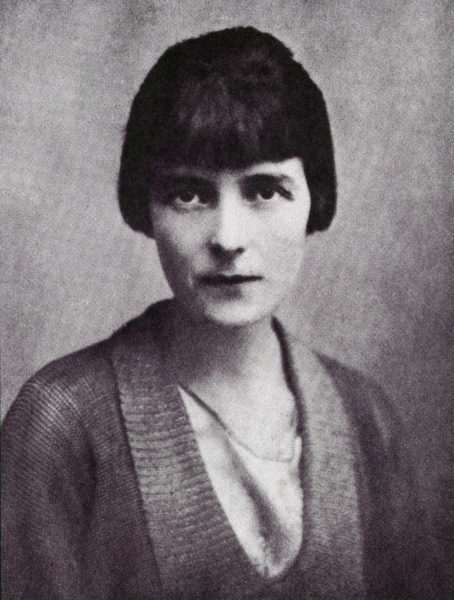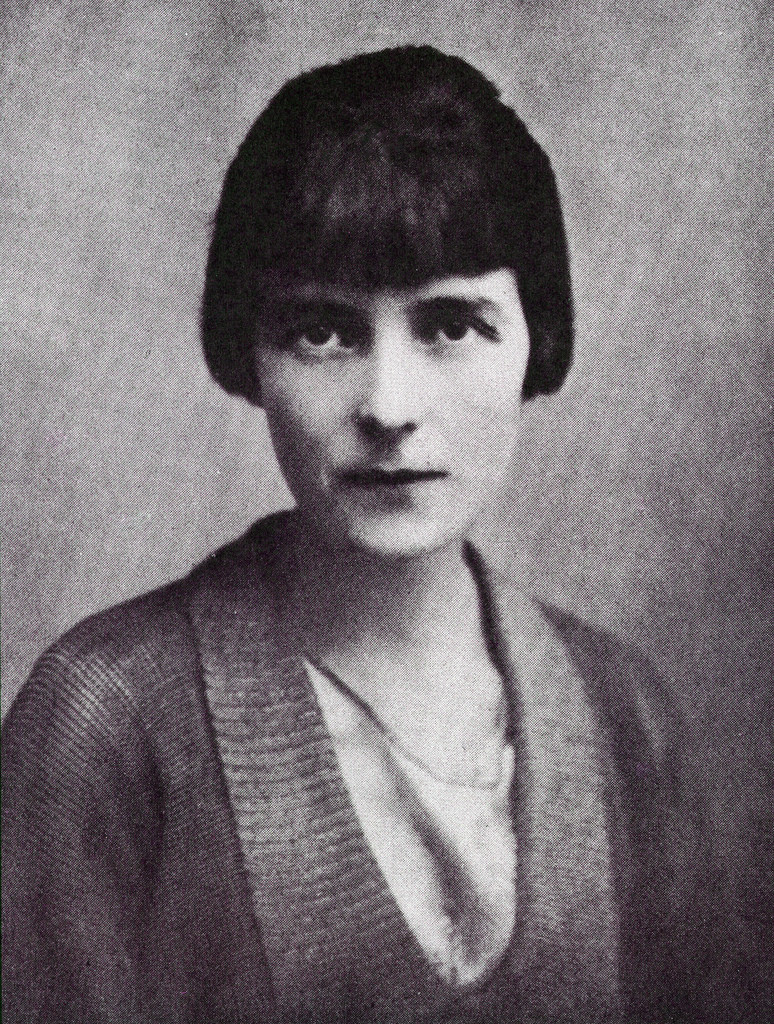
Let me introduce you to Bertha.
Bertha is a young woman living the 1910s and she’s feeling – well, what is it exactly? Like skipping? Like shouting? A feeling of “bliss”? But no, she can’t quite say. Bertha, for the first of many times in her 33 pages as the protagonist of Katherine Mansfield’s “Bliss,” can’t find the right words to explain her emotions.
I first encountered “Bliss” in my sophomore year, and I was enchanted. After I read it, I reread it. Then, I flew across the Atlantic and lived in London for two months to study it. But, as is the case with infatuation, I sometimes find it difficult to describe what precisely draws me to this story, like a moth to a pear tree. Its seeming simplicity? Its imagistic underbelly? Its plot? I concede it can feel impenetrable – on first read, one might be tempted to ask, “Why am I following this random woman from 100 years ago through 33 pages of her fairly average day in the first place?”
One answer comes from a surprising place: Cubberley Auditorium. Specifically, a lecture about Rembrandt van Rijn. Rembrandt, the painter from the 1600s. More specifically, Rembrandt’s “Jacob Wrestling with Angel.” (Bear with me here through all this time travel.) It is a Biblical scene – Rembrandt’s angel, in a flowing white tunic, cradles Jacob in her arms. In the painting, the angel becomes a sort of symbol for Jacob’s inner tumult, a “projection of his consciousness.” Jacob must wrestle with his anxieties, his fears, “the things that keep him up at night.” The idea of projected consciousness, expounded upon in characteristic improvisational elegance by Professor Alexander Nemerov, has helped me understand why I’ve stuck with Bertha for so long. Or why Bertha’s stuck with me.
Speaking of which – while we’ve been away with Nemerov, Bertha has developed a crush: On the enigmatic, elegant Pearl Fulton, who has arrived late to Bertha’s dinner party.
Maybe crush isn’t the right word. We are informed that Bertha has fallen in love with Pearl… but maybe love isn’t the right word, either. Part of what characterizes this relationship is the fact that it is unspoken: They never make eye contact, “But Bertha knew, suddenly, as if the longest, most intimate look had passed between them … that Pearl Fulton … was feeling just what she was feeling … what she simply couldn’t make out – what was miraculous – was how she should have guessed Miss Fulton’s mood so exactly and so instantly. For she never doubted for a moment that she was right, and yet what had she to go on? Less than nothing.” There is an impulse (certainly amongst those of us familiar with ambiguous female relationships of times past) to call this queer, an intimate friendship, to call it something. But to speak it would be to shatter it, for their language slithers beneath the surface of words and actions; it is a language of signs and symbols.
At the end of the dinner, the women stand together and look at the pear tree in Bertha’s garden, and we come to understand how Bertha feels about Pearl through the image of the pear tree. “It quivers,” it “stretches,” it “grows taller.” The pear tree transforms from a solitary representation of Bertha’s life into a twisting, sensual, ethereal force. In its light, the women can become “creatures of another world … understanding each other perfectly.” Bertha gives the pear tree symbolic life: Her crush can’t be spoken directly, so the pear tree – shimmering and silver like Pearl Fulton’s fillet, like the cascading pleats of the tunic in Rembrandt’s angel – becomes a projection of her consciousness, a symbol of her connection with Pearl – her angel, of sorts.
Rembrandt’s painting, for a depiction of a violent wrestling match, is surprisingly tender. Nemerov’s take (as he breaks, side-stage in Cubberley, to mimic the angel’s caress) is that even though it’s your enemy, “it is so close you can feel its breath. It loves you in a way.” There is something comforting in being able to name (to point to, to wrestle with, to make tangible) our inner angst.
But like all unspoken things, Bertha’s angel, her unspoken relationship is reliant on faith. It is reliant on Bertha’s faith that Pearl “was feeling just what she was feeling … ” It relies on the fact that this bliss is not hers alone (for if it were one-sided, it would not be).
It is this faith in her emotional reality and this faith in her connection with Pearl that animates the pear tree – and indeed, the whole story – until the very last lines. Just as the dinner party ends, she sees at the end of the hallway her beloved Pearl, arms wrapped around Bertha’s husband, confirming their plans to meet secretly. The devastation is not simply the affair itself, but in what happens to Bertha’s symbolic world. She rushes back to the tree, “But the pear tree was as lovely as ever and as full of flower and as still.”
I think what haunts me about this story – the reason I’ve stuck with Bertha all this time – is the devastating possibility that not only Pearl, not only the pear tree, but all the subtle, emotional, symbolic connections that Bertha has formed with the world are entirely in her own head. What’ more, we also saw the pear tree “quiver,” we too bought into Bertha’s emotional world … and maybe we, too, were wrong.
Nemerov claims that Jacob will emerge from his wrestling match “something he wasn’t before.” There is hope, a promise that he will be better for his wrestle. For Bertha, that promise of change, that hope for connection has been reduced to its literal reality; her angel has departed, or maybe it was never there.
Contact Emma Heath at ebheath ‘at’ stanford.edu.
